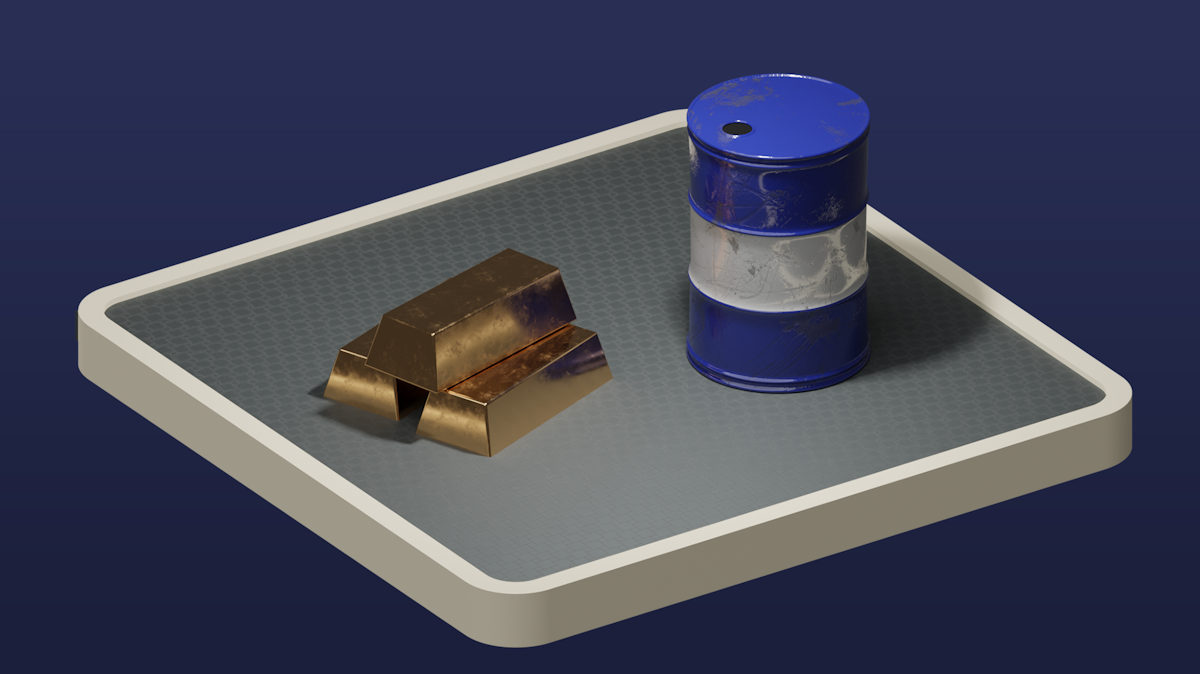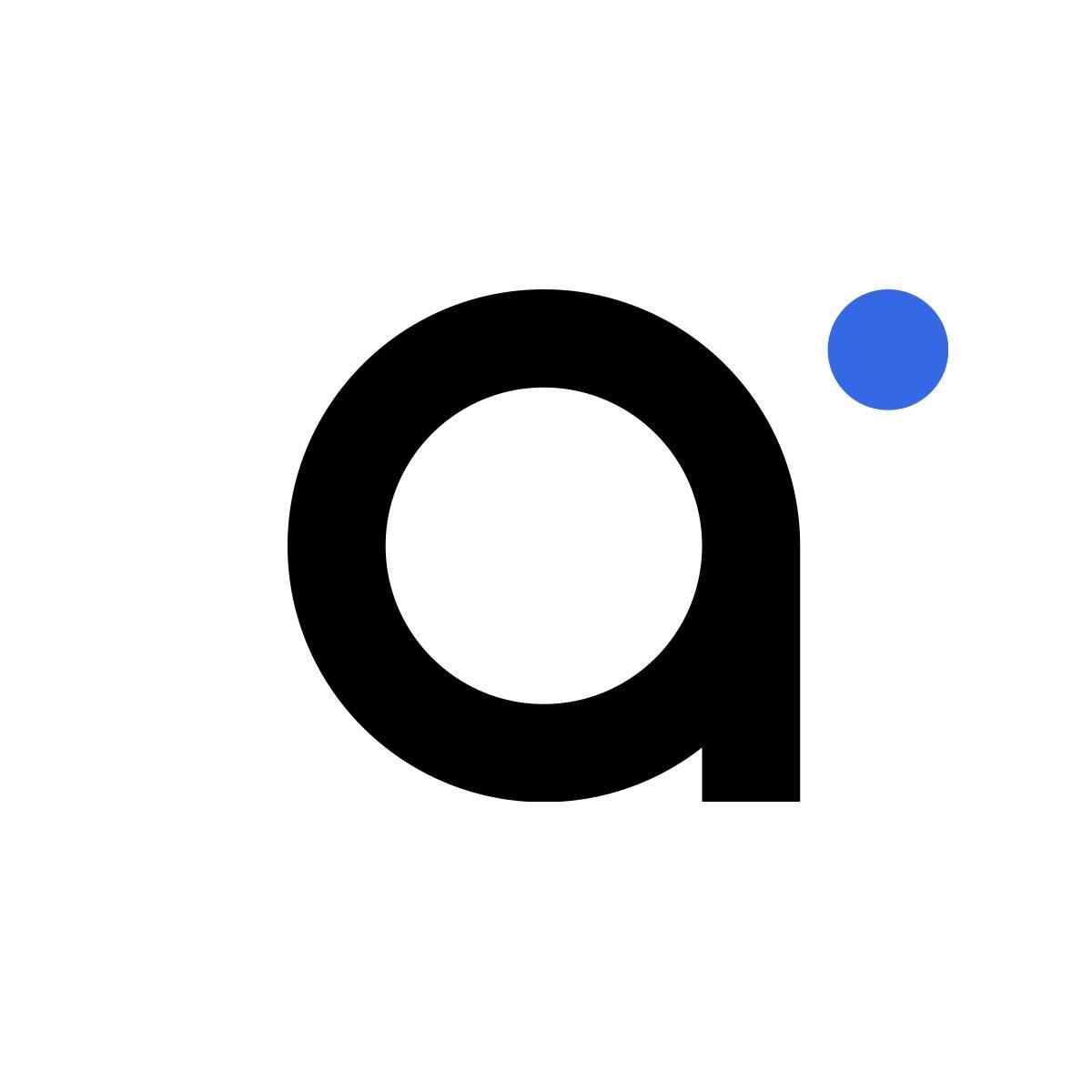What are Derivatives?
A derivative is an investment instrument derived from an underlying asset, such as commodities, stocks, crypto or stablecoins. Futures, options and swaps are the best-known derivatives. You've probably heard about derivatives and you must have always wondered what they really are. Today is your lucky day. We are going to explain to you exactly what they are, so that you never have a question mark in your head again when they talk about derivatives.
Derivatives
A derivative can be translated by derivative product or simply derivative. This occurs in a number of categories, such as chemistry, biology, industry, software and also the perhaps familiar fork, which is a derivative of the underlying blockchain, such as Bitcoin Cash. Which you can think of as a derivative of Bitcoin.
Financial derivatives
What this story is about are financial derivatives. These are investment instruments that are derived from some underlying asset. By the underlying value of a financial derivative, we should think of things like derivative financial products, stocks, commodities and other physical products or precious metals. Derivatives have historically actually been designed to hedge risk, but it is now clear that they are also used by the financial markets for not-so-nice things, as the story below will show.
Types of derivatives
There are several types, including some well-known derivatives:
Options
Swaps
Futures
CFD (Contract For Difference)
FRA (Forward Rate Agreement)
These are the most well-known, as well as infamous, derivatives.
Options
An option is a right (not an obligation) to buy or sell a particular asset within a certain period of time. Sometimes the price for this is fixed in advance. The value of the option depends on the value of the underlying product, the term, the interest rate and the volatility of the value of that product. Well-known things to take an option on are real estate and stocks.
Options from history
The Ancient Greeks were already trading in options when using olive presses. If the harvest was good, you could use more olive presses for an agreed price at minimal risk. If the harvest failed, you could use fewer olive presses if you had purchased an option to do so, thus reducing your risk.
The derivative on government debt in Venice around 1400 is also fairly well known, a kind of early precursor to bonds. In the 20th century, options trading only really took off in the Western world. From this trade in derivatives come the terms call and put.
Swaps
The literal translation of a swap is an exchange or swap. A swap is a financial product in which one party exchanges a cash flow or risk with another party. The two parties are called the legs or legs of a swap. There are several forms of swaps, such as the interest rate swap or Interest Rate Swap (IRS). This swap did become somewhat infamous in a variety of cases, such as the Vestia affair. The purpose of an interest rate swap is to hedge the risks of interest rate volatility.
Swaps and the credit crisis
After the credit crisis, many interest rate swaps were "worth" a negative amount, resulting in interest rate swaps that represented a debt instead of an asset. Many SMEs and semi-public institutions such as schools and hospitals suffered great financial losses as a result. The Libor affair also sounds familiar to many people. The Credit Default Swap (CDS) also comes from these regions. It is notorious for the collapse of Lehman Brothers. A CDS is used to transfer risks of default or bankruptcy to the next layer in this swap.
How does a credit default swap work?
Party A borrows 10 million euros from Party B through a CDS. Party B insures itself against the risk of default of the original investment with Party C, and so on. The problem was that in the end no one knew who the original borrower was and who had the original risk. It was actually a very opaque financial product, with many people going down the drain because the original risk was sky-high without their knowledge. The fall of Lehman Brothers marked the beginning of the credit crisis.
Margin call
From the swap world also comes the margin call. This is a situation that occurs when a swap threatens to get out of hand. As soon as unacceptable risks emerge for one of the parties in the swap, a margin call follows. This means that the collateral deposited at the beginning of the swap is assigned to the winning party to terminate the swap. This risk is the focus of the 2011 film "Margin Call."
Futures
A future, also known as a forward contract, is a financial contract between two parties in which they commit themselves to trading the underlying product at a predetermined expiration date at a predetermined price (forward price). In this financial instrument, the buyer has the long position and the seller has the short position. They are basically betting against each other. During the tulip mania in the seventeenth century, futures were traded on the Amsterdam Stock Exchange to hedge a bad crop.
Examples of futures
For obvious reasons, there are standardized futures, such as a grain future that relates to exactly 5,000 bushels of grain of a certain quality. In agricultural products, this is necessary to establish the fair value of a derivative. Standardized contracts are used primarily with products that would become technically unsaleable without a set price by quantity and quality.
Futures exist in many areas, including financial futures (e.g., stock, currency, interest rates) and commodities or bulk commodities (e.g., oil, gold, grain).
Operation future
After a future expires, a private investor is not waiting for delivery of 1000 kilograms of potatoes or so, so one can choose to sell the future just before the physical delivery or one can have the price difference paid out. Otherwise, it becomes a stall in the market!
Futures are often used to hedge positions. One then usually hedges day trading positions. You can also choose the Daily Settlement Price (DSP), where you get paid per day or have to pay per daily result. With futures, one also works with short, long and the margin call.
Contract For Difference
These CFDs are used as a contract between investors, where the seller pays the difference between a certain price when buying and selling certain underlying assets. If this difference is negative, the buyer pays. The trader in a CFD never becomes the owner of the underlying asset himself.
The CFD was invented in the 1990s as a leveraged product and thus uses borrowed money. An investor takes the contract from a provider who may set his own terms. When prices fall, the provider may take the necessary collateral and possibly throw a margin call on top. Then there is an additional payment to be made on top of the forfeited collateral. A contract for difference does have the advantage over other types of derivatives that an absolute stop loss can be agreed upon, where you can only lose your deposit.
Forward Rate Agreement
This derivative is used to fix interest costs or interest income. Two parties say that, for example, the Euribor interest rate will be at 2% in 6 months. The buyer buys when interest rates rise and loses when they fall. The difference is paid by the loser to the counterparty.
Derivatives trading
In general, it is safe to say that trading in derivatives should be left to professionals and highly experienced investors. Leverage allows for huge profits when things go well, but for huge losses or even bankruptcy when things go wrong. Private investors are advised to first use virtual derivatives with a software program to practice "dry" derivatives trading, because while this financial instrument promises high potential profits, losses can often be unlimited.
Derivatives trading scandals
Derivatives scandals are fairly well known, such as the Vestia case, the Libor interest rate affair, Enron and the collapse of Barings Bank. Popular derivatives can be purchased on a stock exchange or over the counter (OTC derivatives, between two investing parties). The former form is standardized, while OTC is a bespoke deal.
Warren Buffett, the legendary stock trader, said of derivatives that they were "financial weapons of mass destruction" and that the so-called "mark to model" (pricing model) was a "mark to myth" in the case of derivatives. "The big short" is a movie set just before the credit crisis. It's an amusing film with a top-notch cast that, for variety, focuses on the positives of going short against the banks and their real estate and the protagonists getting stinking rich. It actually happened, too.
The credit crisis and derivatives
The 2008 credit crisis was a confirmation of Warren's words. Many American derivatives assumed that the price of real estate would always rise. When this turned out not to be the case, the owners of these derivatives had to be bailed out with government aid ("too big to fail"). The Oscar-winning documentary film "Inside Job" tells the story of the 2008 financial crisis from its prelude to its consequences. Perfectly watchable and compellingly told.
The cat on the bacon
Major investors (including banks, governments, pension funds and other financial institutions) quickly caught on to this game and so they continued to speculate, because they would be bailed out by the government anyway when things went wrong again and investing in derivatives can make a lot of money when things go well. It came down to this: when things go well we are rich, when things go wrong the taxpayer pays. It couldn't go on like this.
Regulation derivatives
Dijsselbloem, the ex-finance minister, tried to curb the trading and holding of derivatives for government agencies after the credit crisis, but the danger of dominoes when investing in derivatives still lurks in other sectors (e.g., pension funds).
Derivatives time bomb
Coarse estimates of the total value of derivatives speak of between ten and twenty times total GDP throughout the world. A value of 1.2 million billion euros is often mentioned, but this is already outdated. In figures, this is 1,200,000,000,000,000. One does not have to be Warren Buffett to understand that this must go wrong yet again. The derivatives time bomb is ticking. Who knows how much is left on the clock?

